SpeakingのTask3…。 Academic topic。
苦手意識がある人が多そうですね。
でも、出題形式は、他のIntegrated taskと同じように、ほぼほぼ固定されていますし。スコアを伸ばすためにやることも、割と明確です。
そのために、ポイントを外さないで、練習を重ねることが大切です。
- 設問にちゃんと答えているかをチェックする。
- その上でできるだけ詳細情報まで踏み込む。
というのがポイントになります。
そして、詳細情報まで、どれだけ踏み込めるかには、流暢さを養成することが大切です。
その辺りは、 「流暢さの養成には、オンライン英会話。TOEFLスピーキングに有益?」 で説明をしています。
Campus topicのTask2よりも、Academic topicは、話さなければならない量が増えがちなのである程度スピード出せないと、後半グダグダになります…。

僕も、何度もやらかした。。。
僕自身の出願に使用したスピーキングスコアは22点。。。となります。
TOEFL Speaking の全体概要
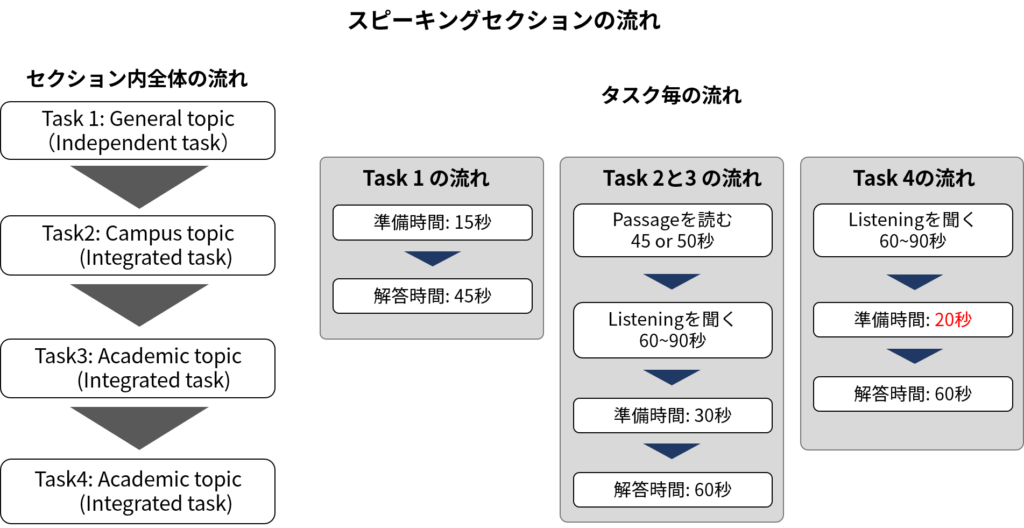
スピーキングには、Task1からTask4まであります。
✔ 各セクションの問題概要
| 問題形式 | Integrated の形式 |
トピック | |
|---|---|---|---|
| Task1 | Independent | - | General |
| Task2 | Integrated | R+L | Campus |
| Task3 | Integrated | R+L | Academic |
| Task4 | Integrated | Lのみ | Academic |
✔ 各タスクの制限時間
| Reading | Listenning | 準備 | 回答 | |
|---|---|---|---|---|
| Task1 | - | - | 15 秒 | 45 秒 |
| Task2 | 45 or 50 秒 | 60~90 秒 | 30 秒 | 60 秒 |
| Task3 | 45 or 50 秒 | 60~90 秒 | 30 秒 | 60 秒 |
| Task4 | - | 60~90 秒 | 20 秒 | 60 秒 |

他セクションの記事は、下をクリックしてみて。
» TOEFL Speaking Task1対策と回答のポイント3つ
» TOEFL Speaking Task2 スコアアップの重要ポイント
Speaking Task3 の問題傾向

Task 3は、Reading と Listeningを含むIntegrated Taskです。
でも、Task2が、大学生の日常生活を想定したGeneral topicなのに対して、Task3は、大学授業の一部を抜粋したAcademic topicです。
Task2との共通点:Reading, Listeningを含むIntegrated task
Task2との違い:Task3は、Academic topic

Academic topic(学術的内容)だなんて。Task2より、取っ付きづらいって感じる人多そうだね…。
Task3 問題の流れ
問題の流れは、Task2と同じ。
Reading → Listening → Preparation time →Speakingの順番です。
時間も含めて、下にまとめておくと。
- リーディングパッセージを読む。(75-100words, 制限時間45秒か50秒)
- リスニングを聞く。(60~90秒)
- リスニングの内容を中心にスピーチ。(準備30秒、スピーチ60秒)
リーディングとリスニングの内容。と頻出トピック。
✔ リーディングについて
| 詳細 | |
|---|---|
| パッセージの種類 | 大学一年生のテキストの抜粋 |
| パッセージの内容 | 次の3つ ①専門用語や概念 ②①の定義 ③①のgeneral description |
| パッセージの長さ | 100語程度 |
| 制限時間 | 45 or 50 秒 |
✔ リスニングについて
| 詳細 | |
|---|---|
| リスニング の形式 |
話者は、いつも教授。 授業の一部の抜粋。 授業の導入部分のイメージ。 |
| リスニング の内容 |
リーディングで紹介された専門用語、 概念の説明。 具体例を用いて、説明される。 具体例は、1つもしくは2つ。 |
| 長さ | 60~90 秒 |
大学の講義と言っても、専門知識は必要なし。
読めて、聞けて、それを表現できればスコア獲得には十分。
よく目にするのは、こんな感じのトピックです。
Biology/zoology 60%
Business/Marketing 10 %
Psychology/Learning 10%
Art/Histroy/Literature 10%
Source: TOEFL Resources
体感的には、もうちょいBusinessと、Psychology、が多い感じがします。
Biology 50%,
Business 25 %,
Psychology15 %,
その他10%位
の感覚です。

問題形式については、次のことをおさえておけば十分じゃないかな。
- リーディングでは次の3つが提示:”専門用語”、”専門用語の定義”、”専門用語に対するgeneral descriptioin”。
- リスニングは、講義の一部を抜粋。具体例を用いて、専門用語を説明していく。
表にまとめておきます。
| Reading passage 教科書の抜粋のイメージ |
Listening 授業の抜粋のイメージ |
|---|---|
| 専門用語、概念 専門用語の定義 General Description |
具体例を用いた 専門用語の説明 |
設問文
設問文には、いくつかのパターンがあります。
でも、聞かれていることは同じなのであまり気にせずに行きましょう。
- Describe what _____ is, and how the professor’s example illustrates this idea.
- Describe how the example of the ____ illustrates the concept of ____.
- Explain the concept of _____ using the examples of ____ and ____ given in the lecture.
- Using the examples from the lecture, explain the concept of ______.
聞かれていることは、次の2つ。
- 専門用語の定義、
- 教授の話した例が、専門用語をどう説明しているか
Task3 回答のポイント

ここまでは、問題形式の説明。
こっからがスコアを積み上げていくのに大切なことです。
ポイント1:聞かれていることに答える。
すごく当たり前ですが、結構見落としている人がいるので意識しておきましょう。
繰り返しになりますが、設問で聞かれていることは、
- 専門用語の定義、
- 教授が話した具体例が、専門用語をどう説明しているか。
2つめのポイントが「例が専門用語を、どう説明しているか。」
で有ることに注意してください。
つまり、単に、定義を述べて、例を述べるだけでは不十分です。
次のように、3つ抑えるポイントがあると、捉えてしまった方が確実かなと。

太字の項目をスキップしないでね。ちゃんと回答に含めるんだよ。
ポイント2:RLを見てない人が理解できる程度の詳細情報は必須。
Integrated taskでは、どのくらい詳細情報に踏み込めるかが素点3点獲得のポイントになります。
どのくらい詳細さが必要か?と考えたときの、1つの目安と捉えてください。
Rater(採点者)は、どんな問題が出題されたか、知っているから大丈夫というスタンスでは、スコアが伸びません。

自分の話した内容を書き出して見て、考えてみて。
何も知らない人が聞いた時、話通じるかな?って。
ポイント3:定型表現は極力シンプルにして時間を捻出。
問題にSpecific でない文章は、ほぼほぼスコアに寄与しません。なので、Simple is better です。
テンプレ的な表現は、
The reading passage defines (専門用語), which (定義の説明).
みたいな感じで十分です。
間違っても、
According to the reading passage, it defines the terminology, which is ….. The definition of this term is …
とか、こういうのはやめましょう。

ポイント3,4は、Task2と同じだよ、Integrated taskに共通するポイントだね。
ポイント4:時間が許す限り詳細情報まで踏み込む【重要】
ポイント2は、素点でスコア3に到達する最低基準です。
Topic Developmentを伸ばして、4点とりたいとおもったら、どれだけ詳細情報まで踏み込めるかで勝負が決まる。と思います。

当時の僕は、このレベルに達してませんので。あしからず。
このときの、詳細情報は、Listeningの内容を中心に盛り込みます。
そして、たくさんの情報を盛り込むには、
- 余計なことを言わない。(ポイント3:定型表現に時間をかけない)
- 流暢さ(fluency)をあげる。
ことが求められます。
1つ目はテクニック的なもので、
2つ目が、まさにスピーキングで勉強、練習するべきところです。

結局、どの Taskでも流暢さの訓練からは逃れられないのよね。
» 流暢さを養成には、オンライン英会話。TOEFLスピーキングに有益?
Task3 回答の流れ、3点獲得のチェックポイント
これまでの話をまとめると。
理想的な回答の流れは、次のようになります。
| 回答の 流れ |
時間 | 表現、コメント | |
|---|---|---|---|
| R | 専門用語 の紹介 |
0秒~ | The reading passage defines… The reading passage is about… |
| ↓ | 専門用語 の定義 |
~20秒 以内 |
(前文), which …. or 短文を連ねて表現 Rの内容は コンパクトに。 |
| L | 具体例に ついて |
The professor discusses this by using an examle. できるだけ詳細に。 このパートがメイン。 |
|
| ↓ | 定義と 例の 関連付け |
~60秒 以内 |
This example demonstrates …. |
繰り返しになりますが、
あくまで回答の中心はリスニングパート
であることは、忘れないでください。
補足として、最後の
This example demonstrate ….
汎用的に使えてとっても便利なの表現ですが、スピーキング力がついてきたらフレキシブルに違う表現も使えるようにしていきましょう。
- TermとTermの定義,
- リスニングの具体例,
- 具体例がどうTermを説明しているか。
をまずは、ちゃんと回答に盛り込む。
その上で、詳細情報を可能な限り盛り込む。
リーディング、リスニングを聞いていない人が、回答を聞いても理解できるか(make senseするか)。
が、最低限のライン。その上で、できるだけ情報を詰め込む。
ETSのサンプル問題 | Inside the TOEFL Task3
ETSのInside the TOEFLは、一度は見ておきましょう。
* Educational Testing Service: TOEFL試験の製作機関。

公式情報だから、信頼性は抜群です。

この動画は、Task3だけでなく、Task4も一緒に説明している。
サンプル問題
✔ Inside the TOEFL Test (初めから再生開始)
✔ リーディングパッセージ
Flow
In psychology, the feeling of complete and energized focus in an activity is called flow. People who enter a state of flow lose their sense of time and have a feeling of great satisfaction. They become completely involved in an activity for its own sake rather than for what may result from the activity, such as money or prestige. Contrary to expectation, flow usually happens not during relaxing moments of leisure and entertainment, but when we are actively involved in a difficult enterprise, in a task that stretches our mental or physical capabilities.
形式通りに、なっているか確認しておきましょう。
文書のタイトルは、いつも専門用語です。
第1文で、Termの定義。「一文目→Term」もいつも同じ。
そして、TermのGeneral descriptionが続きます。具体例ではないことに注意。
具体例は、リスニングで述べられます。
✔ リスニング音声
✔ リスニングスクリプト
I think this will help you get a picture of what your textbook is describing. I had a friend who taught in the physics department, Professor Jones, he retired last year…Anyway, I remember…this was a few years ago…I remember passing by a classroom early one morning just as he was leaving, and he looked terrible: his clothes were all rumpled, and he looked like he hadn’t slept all night. And I asked if he was OK. I was surprised when he said that he never felt better, that he was totally happy. He had spent the entire night in the classroom working on a mathematics puzzle. He didn’t stop to eat dinner, he didn’t stop to sleep…or even rest…he was that involved in solving the puzzle. And it didn’t even have anything to do with his teaching or research; he had just come across this puzzle accidentally, I think in a mathematics journal, and it just really interested him, so he worked furiously all night and covered the blackboards in the classroom with equations and numbers and never realized that time was passing by.
具体例を用いて、flowが説明されていますね。
繰り返しになりますが、この大枠
- ReadingでTerm, Termの定義、次にGeneral Description
- Listeningで、具体例を用いてReadingの内容を説明
は、固定された形式なので、おさえておいた方が良いです。
✔ リーディングとリスニングのポイント
リーディングとリスニングのポイントをまとめておくとこんな感じです。
| ポイント | 対応パート | |
|---|---|---|
| 専門用語 | flow | リーディング |
| 定義/ 一般的説明 |
mental state intense focus lose sense of time satisfaction |
リーディング |
| 具体例 | Phys Prof Math puzzle |
リスニング |
リーディングの内容がちゃんとおさえられていれば、リスニングの内容は、メモ取らなくても覚えていられます。
逆に、リスニングがちゃんと聞けてれば、リーディングのGeneral description部分は、ちゃんとおさえられてなくても、回答できますね。
Task3サンプル回答
問題文とサンプル回答
問題文:
Explain flow and how the examples used by the professor illustrates the concept.
✔ 回答部分から再生
✔ 回答書き起こし
The passage is talking about the general information about the flow, and the professor illustrates an example of that. He said he met a friend of, a friend who teached, who taught physics, and three years ago, he accidentally met the, met his friend. He found that his friend was, his friend’s clothes were all rumbled, and he asked him he’s okay, and he said, the friend said he was so concentrated on the mathematic puzzle that he, he didn’t sleep or rest, and even, and also he didn’t actually eat, and actually he thinks that his friend came across to the mathematic puzzle, and he couldn’t realize that the time was passing by, and his friend actually was in the flow. (122 words)
サンプル回答をチェック
さてさて、素点3点取るために、大切なポイントおさえられているか確認してみましょう。
ちゃんと設問に答えているか?
Explain flow and how the examples used by the professor illustrates the concept.
- flowについて、説明すること。
- リスニングの例がどう、the concept (flow)を説明しているか。
flow というTermに対する説明がないですね。これ、減点ポイントです。
一文目に、
Flow is a mental state, a person in which focuses a specific task so intensely that he forgets time passing. That person may feel a sense of satisfaction.
とか入れておくといいと思います。
後は、リーディングの定義との関連付けがやや弱いかなと思います。
実際にこのサンプル回答は、3点と採点されてますね。
他の2つの採点項目
- Delivery
- Language use
については、問題ナシと動画中でのべられてます。
気づいて欲しいこと1: 表現のレベル。
問題なし、判定のLanguage use。
つまりは、このレベルはLanguage useに関して到達地点の基準と考えていいということです。
一文一文見ていってみましょう。
The passage is talking about the general information about the flow, (SVO)
and the professor illustrates an example of that. (SVO)
He said he met a friend of, a friend who teached, who taught physics, (SVO, who VO)
and three years ago, he accidentally met the, met his friend. (SVO)
He found that his friend was, his friend’s clothes were all rumbled, (SVO)
and he asked him he’s okay, (SVO)
and he said, the friend said he was so concentrated on the mathematic puzzle that he, he didn’t sleep or rest, and even, and also he didn’t actually eat, (SV so C that SV)
and actually he thinks that his friend came across to the mathematic puzzle, (SVO)
and he couldn’t realize that the time was passing by, (SVO)
and his friend actually was in the flow. (SV)

表現のレベル、どうですか?
主格の関係代名詞whoが一箇所。so ~ that 構文が一箇所あるのみで、他は、ほぼほぼなんの修飾もない基本文型(SVOとSV)です。
表現も、難しい表現一切ないです。あえて言えば、rumbledが少しむずかしい位?
でも、これでLanguage useは4点(満点)評価なわけです。
コレくらいなら行けそうと思えませんか??
そして、だからこそ…。流暢さが大切になります。
流暢さは、採点項目の残り2つ、DeliveryとTopic Developmentに影響しますから。
Topic Development
→ ある程度の量を話す必要有り。
Delivery
→ 流暢さそのものが、評価項目の1つ。
だから、ですね。
気づいてほしいこと2: 言い直しもたくさん
そして、かなりの言い直しもありますね。
言い直している箇所に黄色のアンダーラインマーカーしてみました。
動画中では、「ちょっとchoppyだけど」と言われていますが、Deliveryの点を下げるほどではないとのこと。
むしろ、ちゃんと間違いに気づけて言い直しできてるのは、むしろポイントアップかもしれません。
完全にスラスラ淀みなく話せる必要ないんだよって言うことは、知っておきましょう。
最後に、僕のTask3サンプル回答
僕なりのサンプル回答を、

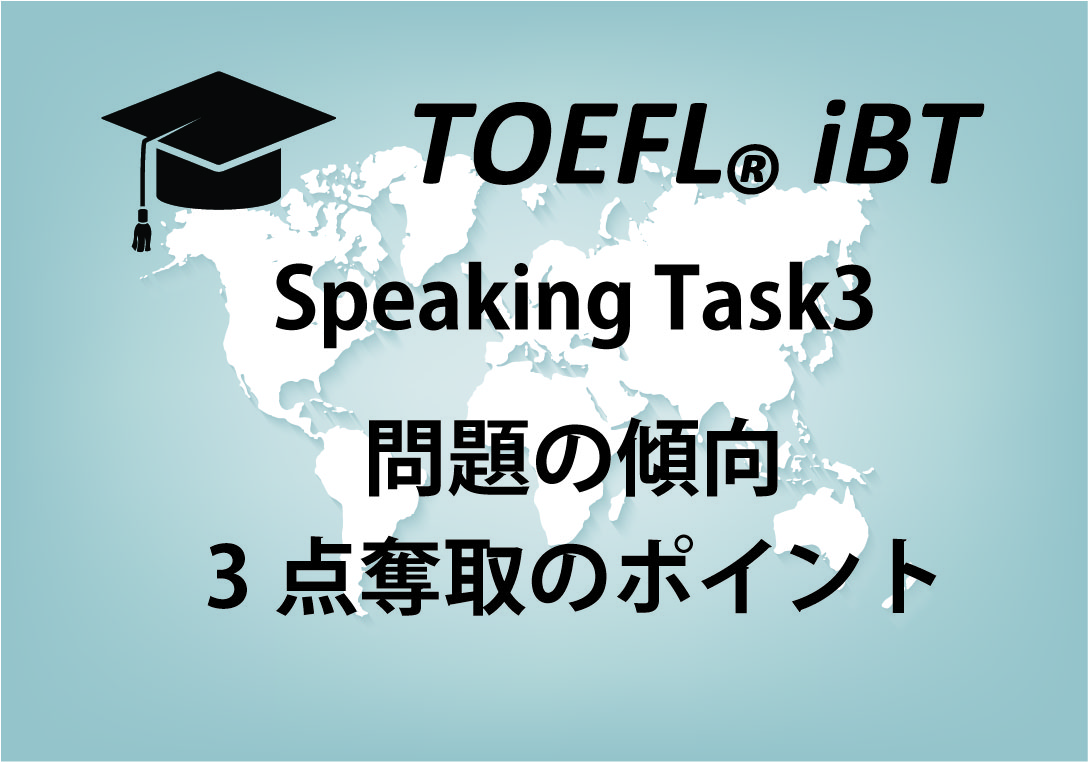
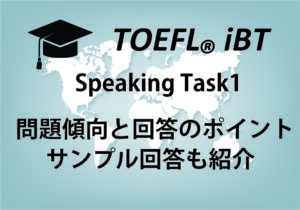
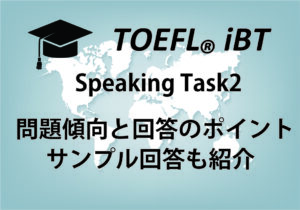


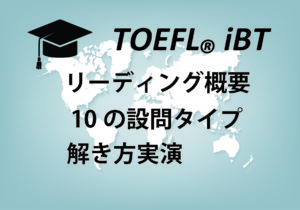
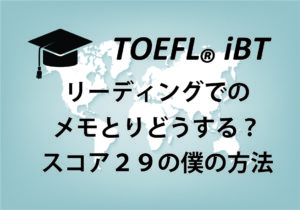






コメント